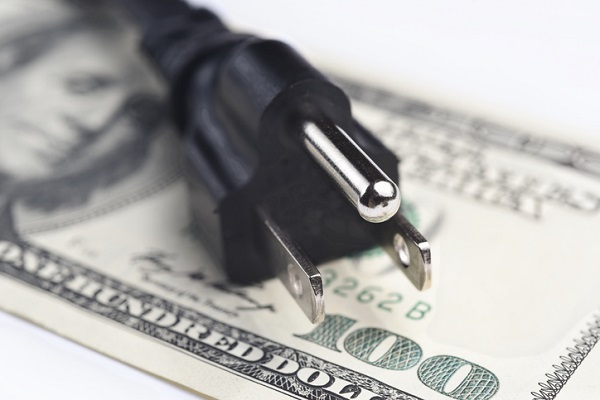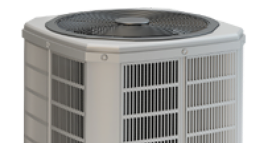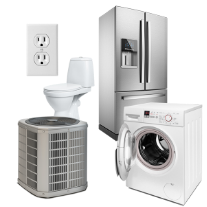Energy bills can skyrocket during the coldest months of the season, thanks to poor insulation and rising energy costs. Fortunately, you can cut your heating bills by making a few smart adjustments to your daily routine. If you’re not sure where to start, the following tips can help.
Lower Your Thermostat to the Lowest Comfortable Setting
Dropping your thermostat down just one degree can lead to a 3% decrease in your monthly utility bill. Additionally, the US Department of Energy recommends setting your thermostat to 68°F for optimal comfort and savings.
Check Your Air Vents for Obstructions
Your furnace won’t help much if your vents are blocked! Check that they’re open first. Then, remove any clothes, shoes, or chilly pets that may like to lie on top of the vent.

Open the Drapes
Yes, opening your drapes can help lower your bills. Open them on sunny days in the morning to take advantage of the sunlight. As the sun sets, close them to retain heat.
Leave Storm Doors and Windows Closed Whenever the Heater Is On
Double-check for gaps or cracks that might let warm air escape unintentionally.
Drop Your Heat Down While You’re Out
If you’ll be gone for a day or two, consider lowering your thermostat to 65°F. That way, you aren’t heating your home unnecessarily. However, if you have pets, consider leaving it a little warmer for them.

Set Your Ceiling Fan to Rotate Clockwise
Yes, your ceiling fan can warm you up if you set it to rotate clockwise. This can help warm the area immediately under it and prevent you from dialing the heat up.
Wash Laundry in the Coolest Water Possible
Make sure to use full loads as well.
Try Using One Large Bulb Instead of Several Smaller Ones
Larger bulbs tend to be more efficient than multiple smaller bulbs. As a bonus, try using LED lighting to save even more energy.
Shut Off Electronics and Lights Whenever No One’s Home or in the Room
This is an easy one, but it’s also easy to forget. Additionally, consider purchasing smart outlets that reduce the use of phantom energy.

Set Your Fridge and Freezer Temperatures Properly
Keep freezer temperatures at 0–5°F. Keep refrigerator temperatures at 36–40°F.
Defrost Your Refrigerator and Freezer
Whenever frost becomes a quarter-inch thick, you should defrost it for better effectiveness.
Use Your Dryer Properly
Don’t overload your clothes dryer and make sure to clean the lint filter after every load.
Close Your Fireplace Damper
When you’re not using it, close your fireplace damper to keep cold air from sneaking in.
Layer Up
Instead of increasing the heat, wear layers indoors.

Protect Your Budget With 2-10
Using these tips can help you reduce energy costs throughout the winter. With a Home Service Plan from 2-10 Home Buyers Warranty, you can protect your home and budget against expensive breakdowns.
From heaters and A/Cs to refrigerators and water heaters, let 2-10 help you protect more and pay less all year.









